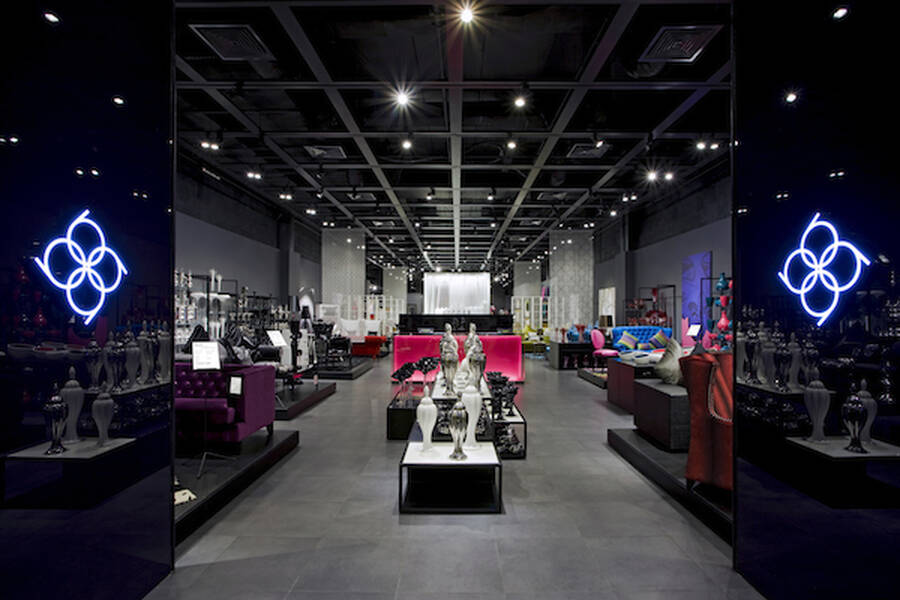Marketing Sep 8, 2015
What Chinese Consumers Want
Western Companies doing business in China need to ask the right questions.

Yevgenia Nayberg
For decades, Western companies have sought to understand Chinese consumers. And with market research firms now tracking every sector in great detail—from luxury goods to healthcare products to the latest trends in e-commerce—a more sophisticated picture of the market is emerging.
But companies still have much to learn about the cultural gap separating the average Chinese consumer from his or her counterpart in the West—just as they have much to learn about the distinguishing cultural features of any other market, from Brazil to Nigeria to Indonesia. Such knowledge may not have been crucial in the heady days of the 1990s, when the Chinese economy was still emerging and opportunities seemed to be endless. But now that the market has grown and matured, expanding into China requires a deeper appreciation for the impact cultural tradition can have on consumer psychology.
“In the early days, you almost didn’t need a strategy—you could make money as long as you had connections or guanxi,” says Angela Lee, a professor of marketing at the Kellogg School and an expert on cross-cultural issues in consumer behavior. “But that’s not the case anymore. Now, those companies that have a genuine understanding of Chinese consumer culture are better placed to succeed.”
Lee points out that even Western companies that have achieved some success in China may not fully appreciate the differences between Western and Chinese consumer psychologies. “Even when we think we have an open mind, we may not,” she says. “There are psychological differences between East Asian and Western societies that companies should be aware of. Those who understand the nuances of Chinese consumer psychology have a better chance of long-term success.”
So what steps can Western companies take to bridge the culture gap?
Do More Qualitative Research. “Qualitative research precedes quantitative research,” Lee says. “Both are essential in order to have a complete picture of the market. Quantitative research requires a structured way of collecting information, but how you structure that information comes from your qualitative research.”
“Those who understand the nuances of Chinese consumer psychology have a better chance of long-term success.”
Consider, for example, a snack-food company that wants to offer its customers a healthier potato chip. The obvious answer for the U.S. market is to remove the oil, sodium, and other ingredients that can cause long-term health issues. In China, however, customers might expect a different solution. “There, it’s not about taking things out—it’s about putting other things in,” Lee says. Because traditional Chinese medicine has a different system for categorizing healthy food, including an important distinction between “heaty” and “cooling” dishes, a cucumber-flavored potato chip might have the most appeal to health-conscious consumers, since it balances out the “heatiness” of the deep-fried or baked chip with a classic “cooling” ingredient. Good qualitative research would have led the company to acknowledge this tradition—for example, by asking consumers in a focus group why they do not eat more potato chips and then inquiring about what kinds of food would fall where on the heaty–cooling scale.
In other words, quantitative data is meaningless—or at least difficult to interpret—unless you have asked the right questions. And without a firm grasp of the fundamental cultural dynamics, it is very hard to ask the right questions.
Create Useful Surveys. Once a company knows what questions to ask, it must carefully consider how to ask them. For example, market researchers in China still conduct surveys, but researchers have learned to adjust the scales to fit an East Asian context. A survey designed for a U.S. audience might ask consumers to rate a product on a scale of one to seven, but this turns out to be less informative in China or Japan. “In North America,” Lee says, “people tend to move toward the extremes, while in Asian cultures people tend to stay away from extremes—they see extremes as undesirable. People want to be polite; they believe in moderation. So if you give them a scale of one to seven, you will get a lot of fours, which isn’t very useful.” Procter & Gamble encountered this problem while doing market research in Japan; its solution was to use a six-point scale, which forced consumers to express a more definitive view of a product.
Understand the Importance of Hierarchy. Consider the paradox between savings and spending: while Chinese consumers have relatively high savings rates, they will also pay high premiums for certain luxury items, especially those that are used in public, like watches or mobile phones. “It’s a very hierarchical society,” Lee says, “and one way to distinguish oneself is through consumption.”
Chinese consumers also tend to invest heavily in their children, which often means paying up for things like baby formula and private tutors. Partly, this has to do with a major shift in the family structure. “China used to be the prototypical collectivistic culture, and parents were very respected by the children; but that is changing now because of the one-child policy,” Lee says. “The child has become more important in the family unit, with parents and grandparents all trying to help their children rise up in a fiercely competitive society.”
Understand That Opposites Can Coexist. Lee says East Asian cultures are more comfortable with the idea of two opposites coexisting. “It goes back to the difference between Aristotle and Confucius,” she says. “Western societies believe in logic—where something is either ‘A’ or not ‘A’—so dealing with logical inconsistencies causes great discomfort. East Asians are able to accept that something could be both ‘A’ and not ‘A’ at the same time. The yin and yang is the classic symbol of opposites coexisting.”
To see how this increased comfort with contradiction may be relevant for companies, consider product reviews. “American consumers tend to be more polarized,” Lee says. “When they read a positive review and a negative review, they will choose to believe either one or the other, because they like to have a single, consistent view of a given product.” Chinese consumers, by contrast, take a more nuanced approach by accounting for positive and negative reviews simultaneously.
Understand the Importance of Relationships. As a society, China places tremendous value on harmonious relationships—something marketers may wish to emphasize when crafting messages. “Individualistic societies value personal goals and accomplishments, and collectivist societies value group goals and accomplishments,” Lee says. “Chinese consumers may respond better to ads that place an emphasis on families or relationships, rather than those that put more stake in personal pride and autonomy.”
Prepare for Consumer Changes—but Do Not Ignore Tradition. Lee is quick to emphasize that Chinese consumer behavior is not a static phenomenon. “The Chinese consumer is probably evolving faster than consumers in other countries. So in one sense, it’s a significant challenge for companies to keep up.” Consumers with more disposable income are growing more sophisticated, the landscape changes frequently as new players enter the market, and urban areas continue to swell. “It’s a very dynamic market,” she says, “and it’s also highly adaptive,” which bodes well for long-term stability even as the country faces a stock market crisis and economic slowdown.
But this dynamism does not mean that Chinese tradition is obsolete. “The market will continue to change, but there are elements of consumer behavior that are rooted in the psychology of a culture, and recognizing that can make a big difference.”
